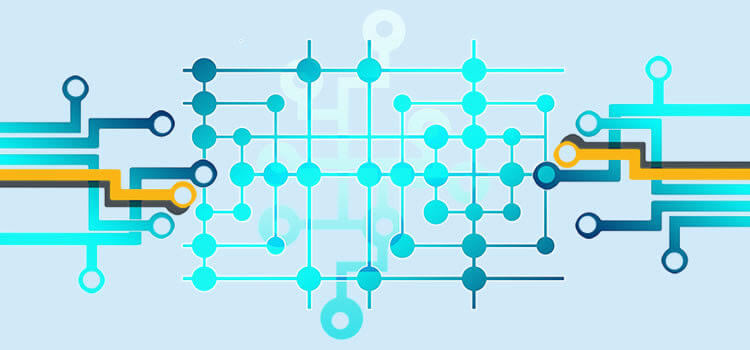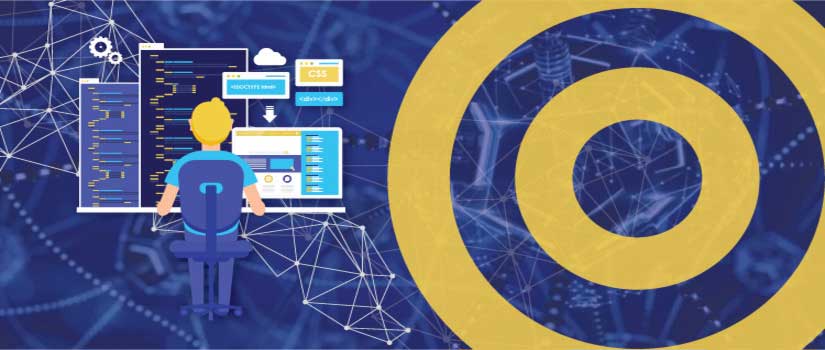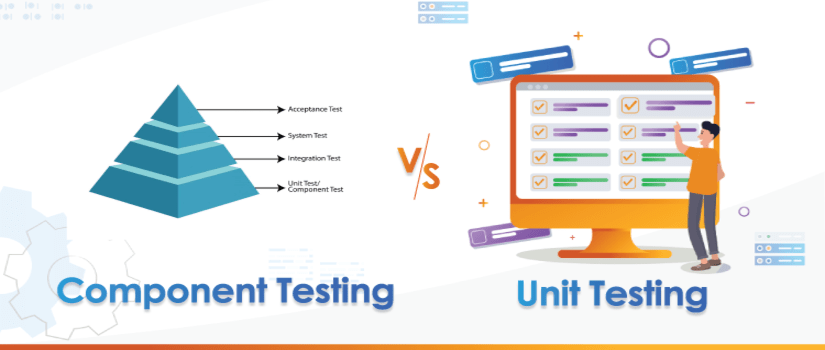Interoperability, as defined by the Institute of Electrical and Electronics Engineers, is “the ability of two or more systems or components to exchange information and to use the information that has been exchanged”.
In June 2000, the National Committee on Vital Health Statistics (NCVHS) presented its findings on uniform data standards for patient medical record information, as required by the Health Insurance Portability and Accountability Act (HIPAA) of 1996. In the report, interoperability is defined as “the ability of one computer system to exchange data with another computer system”.
Why Data Mapping Technique Is Used?
Data Mapping technique is used to meet the goal of interoperability for an EHR (Electronic Health Record). Data Mapping is a process that provides the ability to match data between a source and a target. The source can be one type of system and the target can be another system, containing the information in a different form. It enables the meaningful exchange of patient information and other related data. Data Mapping is vital in the US healthcare industry and is becoming more and more integral to it. It is emerging as a specialized skill within the health care space. Data Mapping is a necessary component of data migration and data integration. Data mapping can also be used to gather and combine healthcare data from systems like EMR, EHR and other data sources. The combined data can be used to perform analytics, case studies, forecasting, and number of other use-cases.
Proposed Standards By HITSP
In June 2006, The Healthcare Information Technology Standards Panel (HITSP) published a list of proposed standards to promote a nationwide HIT infrastructure. Some of the basic HITSP standards are;
ICD-9-CM, CPT, HCPCS, ASTM E1239-04—Standard Practice for Description of Reservation/Registration-Admission, Discharge, Transfer, ICD-10-CM, ICD-10-PCS, HL7 V2. X (for messaging), HL7 V3 Clinical Document Architecture (CDA) for text reports, etc.
This list of standards makes it pretty obvious that no single standard can provide all of the information needed within an EHR. HITSP will keep adding to these standards for achieving perfection in interoperability.
Achieving Accuracy in Data Mapping is the most important aspect of it.
Current Upsurge In Data Mapping Projects
The Healthcare industry has noticed a big rise in data mapping opportunities. A Mapping project involves comparing data to another data set, evaluation for equivalence of meaning to attain a defined ‘use case’. There are Code Sets as called above HITSP Standards. Quality measures get linked to these code sets but data mapping is not limited to just these code sets. Data Mapping tasks vary in nature. They can be simple and can be immensely complex in nature.
In all situations whether simple or complex, deploying maps and following guidelines must be clearly understood.
Successful Data Mapping Team Composition
A Data Mapping opportunity is a data-centric project in its nature.
• IT Professionals with Data Mapping & ETL (Extract, Transform, Load) mechanism understanding are required.
• Health Information Management (HIM) professionals are part of the team in planning and developing data maps that utilize code sets.
• Project Manager
• Data Analyst
It is obvious that Data Mapping is a complex process and it takes many resources for its right initiation and successful completion. It requires domain knowledge about the source and target. Human Resource required for a successful Data Mapping is comprised of resources with different Tech Healthcare Data and management backgrounds. It is a pretty diverse team pool. There are mapping tools available but despite this Manual Review is a Must to map the portions that failed automated mapping and not only this but also to validate the results of automated mapping.
Errors In Data Mapping
Errors that are undetected during the process can create multiple problems and some of these can lead to serious implications for example in the case of a patient data privacy breach. Data Integrity is crucial in the data mapping process. Inappropriate mapping comes up with its own dangers. Errors in data can cause misleading analytics and inaccurate data science models. An evaluation must be added as part of the pipeline to ensure only the clean data gets loaded into the target storage.
Hurdles In Data Mapping
Data Mapping and ETL is a mature field in the software industry. Projects related to ETL may sound simple to the software companies, but the hurdles mostly appear at the domain boundary.
• Different healthcare standards being used by source and target system can make mapping more complex.
• Lack of data or significant data gap between a source and the target is expected and must be handled.
• Scale and complexity of the healthcare data especially the EMR data is easy to be underestimated initially.
• Tightly coupled architecture may result in high initial throughput but it may introduce a huge accidental complexity and raise the costs. A modular architecture not just boosts the productivity, it also reduces the timeline, costs and makes a more future proof solution.
Extensive domain knowledge and experience is essential in order to cope with these hurdles.
Soft Tech Group, Inc. has a diversified team pool of professionals specialized in Healthcare Tech and can cater to complex data mapping and ETL mechanisms. Get In Touch to learn more about the services.











